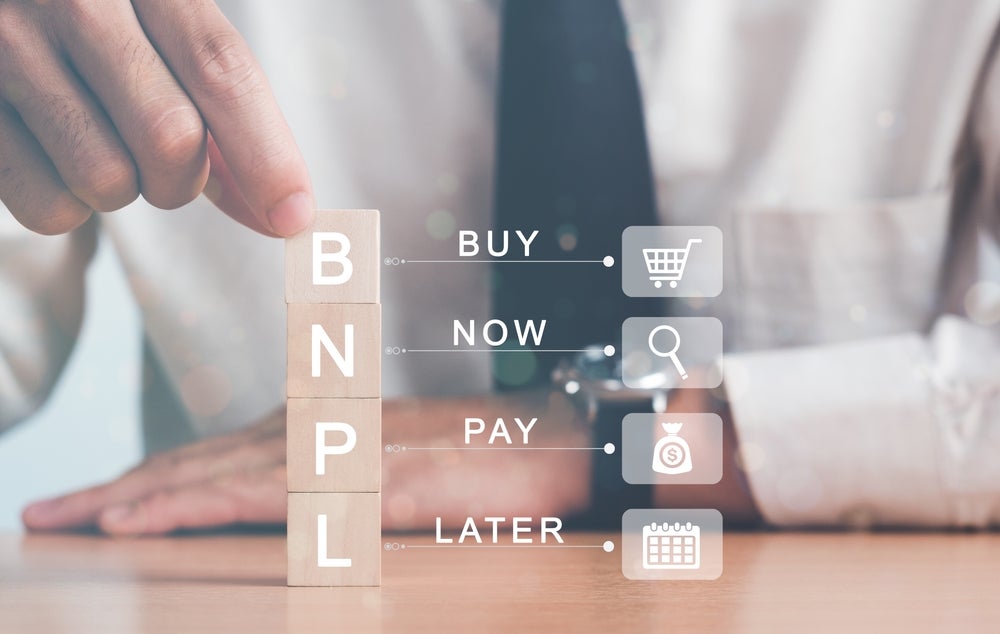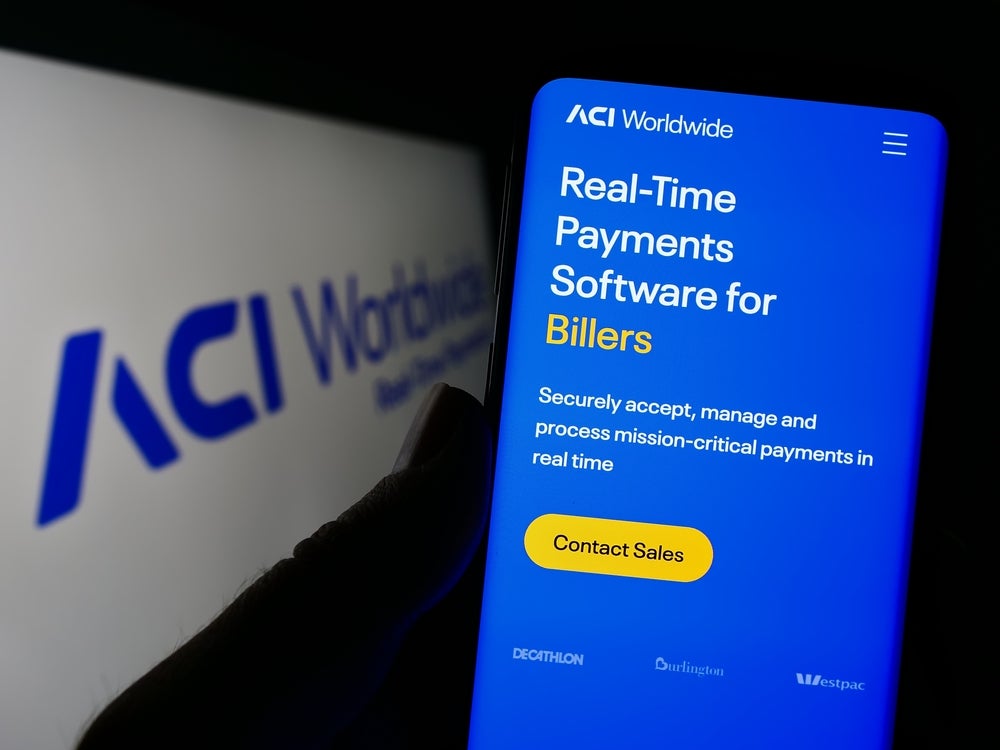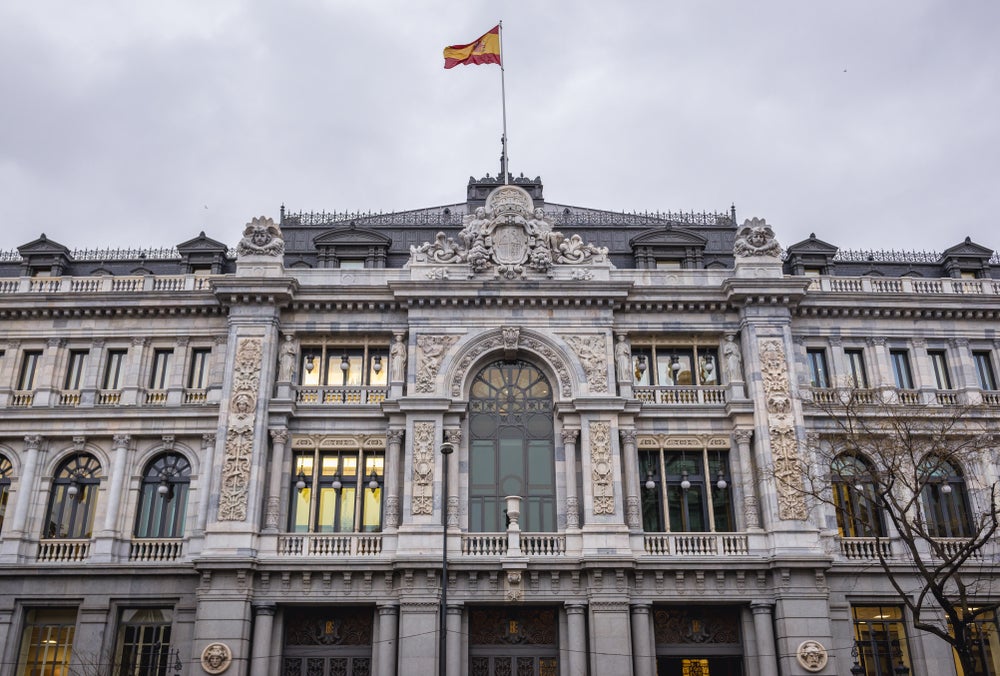Two Brazilian payments companies, Ebanx and PagBrasil, are playing a key role in facilitating cross-border e-commerce between Latin America and other regions such as Asia and North America. The difference between the two companies is that Ebanx provides cross-border payments services for consumers across Latin America, while PagBrasil focuses on the international payments needs of Brazilian consumers. Robin Arnfield reports.
A high number of Latin American consumers don’t have credit cards or bank accounts, and, even if they do have payment cards, these may be domestic-only and barred from cross-border e-purchases. Brazil for example has several domestic-only card schemes such as Elo Card and HiperCard.
Latin America is also characterised by a prevalence of domestic-only alternative payment methods such as Brazil’s highly popular Boleto Bancário (https://www.pagbrasil.com/insights/the-importance-of-the-boleto-bancario-for-b2b-companies-selling-to-brazil/), Mexico’s OXXO, and Argentina’s RapiPago.
Boleto is a printable voucher containing a bar coded invoice payable with cash at convenience stores and bank branches. Consumers can also pay for their Boleto via ATMs and Internet or mobile banking, quoting the barcode number.
‘A long road ahead’
Lindsay Lehr, Associate Managing Director at Americas Market Intelligence, told an Ebanx conference in September 2019 that, while there has been growth in e-commerce in Latin America, e-commerce still has a long road ahead in the region. “While we have 9% to 15% penetration in this sector in the US and 22% in China, in Mexico and Brazil we have 2% and 3%, respectively,” she said.
Brazil is the largest e-commerce market in Latin America, accounting for over one-third of all regional retail sales in 2019, according to eMarketer. In addition, cross-border purchases are widespread in Brazil, and, according to recent data, 23.1m Brazilians made cross-border purchases in 2018.
How well do you really know your competitors?
Access the most comprehensive Company Profiles on the market, powered by GlobalData. Save hours of research. Gain competitive edge.

Thank you!
Your download email will arrive shortly
Not ready to buy yet? Download a free sample
We are confident about the unique quality of our Company Profiles. However, we want you to make the most beneficial decision for your business, so we offer a free sample that you can download by submitting the below form
By GlobalDataA key barrier to e-commerce growth is low banking penetration levels. “There are 45 million Brazilian adults who are unbanked,” says PagBrasil’s CEO Ralf Germer. “If you include the underbanked who live on cash, there are 80 million unbanked and underbanked Brazilians who transact BRL 800bn a year and are a very important part of the economy. These people don’t have credit or debit cards or bank accounts, so are excluded from the digital economy. However, there is high Internet penetration in Brazil, with 150m online users out of a population of 210m.”
Smartphone dominance
“Six years ago, the Internet, e-commerce, and digital services were for the middle classes in Brazil,” says Germer. “They needed an online subscription at home and the internet was expensive. So lower-income consumers were excluded. But smartphones are relatively cheap now, and mobile contracts come with Internet access. So lower-income consumers are now able to take part in digital payments and digital services.”
According to an August 2019 survey by Ebanx and Opinion Box, 62% of Brazilian consumers use smartphones to make purchases from international e-commerce websites and digital services. Netflix is the most popular international site among Brazilians, with 68% of respondents subscribing to the service. Second in popularity is Uber and other ride-hailing apps, with 60% of respondents using such services, followed by Spotify (29%), Deezer (13%), and HBO Go and Amazon Prime (8% each).
The survey found that that four out of five Brazilian consumers prefer to pay via instalments for e-purchases over BRL200. Also, the lower the consumer’s income, the more smartphones are the only buying channel, surpassing desktop access. Among consumers without a bank account, the preference for smartphones is 76.5%, with transactions being made via both mobile apps and e-commerce websites.
“The ability to pay in BRL for digital services is crucial to increasing their penetration among Brazilian consumers,” Ebanx says. “54% of respondents said they wouldn’t pay for apps like Spotify, Netflix, and Deezer if they were charged in dollars.”
In terms of payment options, the credit card is the most used means for international purchases by Brazilians (69% of respondents), but Boleto comes second (51%). Over half (53%) of consumers who used Boleto, have a credit card. “This shows that the Brazilian cash voucher (Boleto) isn’t just an option for those without a bank account or credit card enabled for international purchase – it’s a cultural habit,” says Ebanx.
Ebanx
Ebanx has over 1,000 active merchants using its cross-border payments platform, including online retailers, e-marketplaces, and digital goods and services merchants such as AliExpress, Uber, Airbnb, and Spotify, the last two being served through a partnership with Worldline. “We aim to be the leading payments solution in Latin America for global companies,” says an Ebanx spokesperson. “If these companies need cross-border payments or local payments, Ebanx can be their partner of choice.”
Ebanx provides e-payment methods for consumers to make purchases from international merchants using domestic-only debit or credit cards, bank transfers, vouchers or digital wallets. It also offers the Ebanx Pay solution for local payment processing in Latin America, which first launched in Brazil in April 2019 for Brazilian businesses selling domestically. Ebanx Pay will launch in Colombia in 2020, followed by other countries in the region.
Over 50 million Latin Americans have made purchases from Ebanx’s merchants using its payment solutions. “We expect to have processed $2.1bn in 2019 in payments within the eight countries we operate in across LatAm: Brazil, Mexico, Argentina, Colombia, Chile, Peru, Ecuador, and Bolivia,” the spokesperson says. “Since December 2017, when Ebanx raised its first investment, $30m, from FTV Capital, the company has grown by 80% across all its verticals.”
LatAm’s latest unicorn
In October 2019, Ebanx became Latin America’s latest unicorn when it received significant new funding from FTV Capital. The investment followed a September 2019 partnership agreement between Ebanx and Uber, according to which Ebanx agreed to support the Uber Pay ecosystem in Latin America by processing cash voucher and bank transfer payments in the region.
In May 2019, Visa Brazil announced a partnership with Ebanx to increase the use of electronic payments in Brazil as part of Cities of the Future (Cidades do Futuro), a Visa program to encourage electronic payments in Brazilian cities where cash still predominates.
Initially, Visa and Ebanx are collaborating in Paraná State, starting with the cities of Cascavel and Paranaguá. By exchanging cash for digital payments, by 2032 the two cities could register an additional increase of up to 1.9% in employment, GDP growth, and salaries, according to a Visa study.
MercadoLibre/MercadoPago
The Latin American equivalent of eBay, the MercadoLibre marketplace dominates the region’s e-commerce sector. The Argentina-based firm owns MercadoPago, which was originally solely MercadoLibre’s payments platform, but now processes payments for other Latin American e-marketplaces and merchants selling on their own websites and social media. MercadoPago accepts 70 different online payment types, and processes payments for offline merchants via QR codes on smartphones and via MPoS devices.
In March 2019, PayPal invested $750m in MercadoLibre, which also received $100m from Dragoneer Investment Group. MercadoLibre raised an additional $1.15bn by offering common stock on Nasdaq.
MercadoPago’s partnership with PayPal poses a competitive threat to Ebanx and PagBrasil.
In December 2019, PayPal President and CEO Dan Schulman said Brazilian and Mexican users of MercadoPago can now use PayPal for online checkout at merchants integrated with MercadoPago, which opens the door for PayPal’s 300m customers to shop at hundreds of thousands of new merchants.
“PayPal will also be accepted in the MercadoLibre marketplace in Brazil and Mexico for cross-border purchases,” he said in a statement. “Similarly, we will offer MercadoPago as a payment method at PayPal merchants around the world, allowing over 48m MercadoPago users in Brazil and Mexico to pay with the method. Additionally, we will expand Xoom’s presence by allowing Mercado Pago users to receive remittances into their Mercado Pago wallet initially in Mexico and Brazil.
PagBrasil
PagBrasil’s Germer co-founded the payment service provider in 2011, after setting up a Europe-based software company and needing a cross-border payment solution for his Brazilian clients (https://www.pagbrasil.com/about-us/). “I discovered that selling to Brazil was difficult, because you needed local payment cards and local payment methods like Boleto,” he said at a PagBrasil-sponsored conference (https://www.pagbrasil.com/news/2019-baybrazil-conference/). “I wanted a payment provider, and, as this didn’t exist, I had to create one.”
The company, which has offices in Barcelona and Singapore as well as Brazil, wants to reinforce its international presence in 2020. It will target growth in clients both in the US and Asia, so that Brazilian customers get access to a broader set of payment methods for their international purchases, Germer tells EPI.
The last decade saw the opening up of the Brazilian payments processing and acquiring markets to new entrants. Four years ago, PagBrasil decided to take advantage of this deregulation, and to start processing payments for domestic Brazilian e-commerce sites. “Whether or not we process payments for a Brazilian site or for an international site selling to Brazil, the actual payment has to take place in Brazil in BRL,” says Germer. PagBrasil has no plans to start processing payments for transactions occurring in other countries.
PagBrasil sees itself as a payments technology innovator. “Boleto is a slow way to get paid, as the payment has two stages,” says Germer. “The consumer generates the Boleto, and, if they want to pay with cash, prints it out. Then they pay the Boleto at an ATM, via online banking, or at a convenience store or bank branch. This is inefficient and takes two to three days for the payment to be confirmed, depending on the payment service provider. Boletos don’t work well on a mobile screen, as most payment service providers issue Boletos in PDF form. So we created Boleto Flash, which is the next generation of Boleto.”
Boleto Flash provides an approved payment confirmation to the merchant in under an hour from when the consumer makes a purchase. “It’s same-day and almost instant, and works well on a smartphone screen,” says Germer. “It’s easy to pay with Boleto Flash in a mobile banking app within seconds. We improved the back-end integration of merchants with Boleto Flash to make it seamless. When merchants switch to Boleto Flash, they increase their conversion rates by 20%, and customers have a better experience through buying with Flash.”
PagBrasil also offers a proprietary payment method called PEC Flash®, which enables customers to pay for their online purchases in cash using one-time codes at an agent’s location. Like other Brazilian payment processors, PagBrasil offers installment loans to consumers. “We have merchants who said they didn’t want to accept installments as it is so expensive and merchants have to pay a fee to get their money early,” says Germer. “But, after we convinced them to try offering installment loans, we saw that their sales went up by 50%.”
Marketplaces
“Brazilian consumers make purchases from any kind of marketplace,” says Germer. “We have clients in China, Israel, Europe, the US, South Africa, and Thailand, for example. Brazilians do buy from all the big Chinese marketplaces for physical goods but, in reality, they buy from all over the world. In the past, AliExpress was the leader, but now we see Shopify-based marketplaces and stores emerging increasingly. Shopify has taken over from other platforms like Magento and is big in emerging market marketplaces and dominant in the US.”
Germer says that Shopify offers a Portuguese-language platform for selling to Brazil. “Facilitating cross-border merchants to sell in Brazil is a big part of Shopify’s Brazilian business,” he says. “Shopify has deep integration to Facebook and Instagram, which gives merchants a unique opportunity to market their products via social media.”
PagBrasil has integrated with Shopify Checkout. “This means the merchant is not redirected to a third-party payment page,” Germer says. “It all takes place in Shopify Checkout and we have an autofill for the customer’s address. Our merchants who switched from other solutions to our Shopify solution have seen a 30% uplift in conversions.”
Germer says that MercadoPago and Ebanx are partly competitors of PagBrasil. “MercadoPago competes with us for domestic Brazilian payments and is also more in the area of smaller merchants, while we target medium to large merchants in Brazil. We compete with Ebanx for cross-border payments.”
PagBrasil uses bank transfers to settle with its clients for their customers’ purchases. “We can settle in Dollars or Euros in Brazil and send the funds to wherever the merchant is located,” says Germer. “Some large merchants start processing with us cross-border and then they open a Brazilian operation. This means they can start working with us in Brazil without changing their technical set-up, since it is just a change of money flow – the money stays in Brazil now and we pay the local entity in BRL.”
US-based international payment processor 2Checkout recently started working with PagBrasil. “The partnership with PagBrasil enables us to have a strong payment offering in LatAm, and especially Brazil,’ Geoff Knapp, General Manager of Payments and Support at 2Checkout, said in a statement.
“We are simplifying entry into local markets, for companies of all sizes, with extensive payment method coverage as well as customer engagement – from localised ordering flows and interfaces, to communication and support, all serviced in a single integration.”
Knapp told EPI: “Thanks to PagBrasil, 2Checkout’s enhanced offering will improve payment authorisation rates by at least 20% and will nearly double cart conversion rates, benefitting businesses and customers through an improved checkout experience.”







